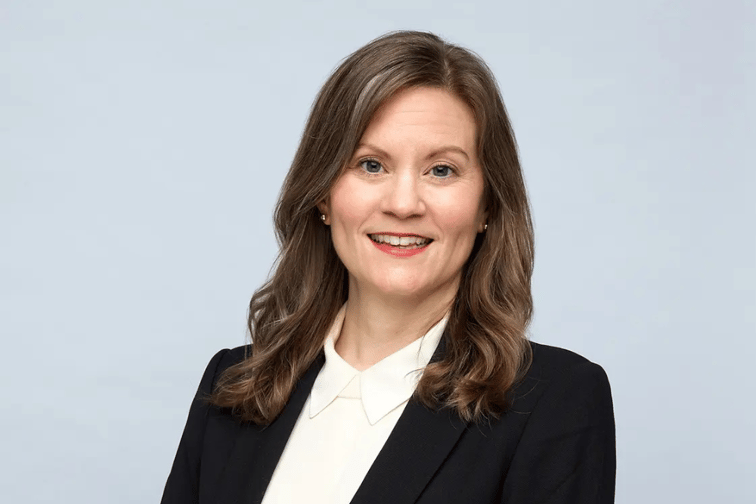

The property & casualty (P&C) insurance industry faces a delicate balancing act between insurance profitability for insurers and maintaining affordability for customers as it grapples with the impact of extreme weather events and a changing climate.
In a virtual panel with leaders of some of the world’s top P&C insurers, Carla Smith (pictured), executive vice president, chief strategy officer and head of climate at Intact Financial Corporation, emphasized innovation, risk education and mitigation, public-private partnerships, and technology investments as strategies for insurers to embrace amid an uncertain future.
“Sometimes there can be a tension between affordability for customers and profitability for insurers, and at the extremes, this can even become about sheer availability of coverage,” Smith said at the Geneva Association panel on Monday (December 11).
“To avoid that situation, there are a few things, as an industry, that we should be mindful of. First, it’s important to recognize that in many cases, perhaps even most cases, the market already has commercially viable tools to solve for availability and affordability, and we need to take the lead to innovate where we can and where it’s required.”
Smith highlighted Intact’s actions around flood and water damage exposures that helped close coverage gaps for policyholders as an example of this innovation.
Ten years ago, Intact was spending more than $1 on claims for every dollar of premium it was collecting amid a rise in flood and water damage claims, which overtook fire as the number-one cause of loss among homeowners, according to Smith.
“We managed to improve segmentation. We redesigned the product to be more customized for the clients,” she said.
“In the relaunch of that product, we also educated our distribution force, our brokers, and, therefore, our customers about the risks they faced. In the end, not only did we help the product to be profitable and sustainable, but we also increased customer uptake of the coverage, thereby closing insurance gaps.
“I think that’s an example of a very challenging problem to solve because the world is changing around us, [and solving it] with the tools that we have. Sometimes, we can make a difference in that gap ourselves.”
To prevent crises of insurance availability, Smith stressed the importance of a “risk-based mindset.” Collaborative efforts across the industry should focus on educating stakeholders about considering risk factors and finding ways to mitigate or adapt to these risks.
This risk-based approach can foster sustainable practices and prevent unintended consequences that may limit coverage options.
She also pointed to California as an example where pricing constraints “without enough attention to the underlying risk” ultimately caused carriers to exit specific markets and reduced availability.
“Pricing and underwriting are just signals about the size and complexity of the underlying risk,” she said.
“When these challenging situations arise, it’s important that together, across the industry, we focus on ways to help society substantively mitigate or adapt to the underlying risk. That’s important for us all to focus and put urgency on.”
However, Smith also noted that certain risks, such as concentrated flood risks in specific regions, may challenge traditional insurance tools.
She highlighted joint efforts between the industry and the Canadian federal government to address flood risks through a national flood insurance program, which is set for rollout in 2025.
“According to the Canadian taskforce on flood and insurance relocation, 90% of financial flood risk sits with the top 10% of high-risk homes, so it’s very, very concentrated risk. This is where there can be a special role for public-private partnerships, she said.
Another area where public-private partnerships can shine is capital investment, especially in climate adaptation and other innovations.
According to Smith, Intact has demonstrated its commitment to this cause by investing in a climate adaptation center at the University of Waterloo.
She called on the industry to leverage its expertise to spotlight the issue and advocate for investments that will build resilience and enhance society’s ability to withstand the increasing frequency and severity of climate-related events.
“It is critical that we advocate for investments in adaptation as an industry and as a society,” Smith said.
“No matter what we do as an industry, society must evolve to deal with the higher frequency and severity [of catastrophic events]. One of the roles we can play is to advocate for investment, whether by government or by consumers themselves, to try and build up our resilience.”
Do you agree with Smith’s strategies for balancing affordability and profitability in the P&C space? Sound off with your comments below.
